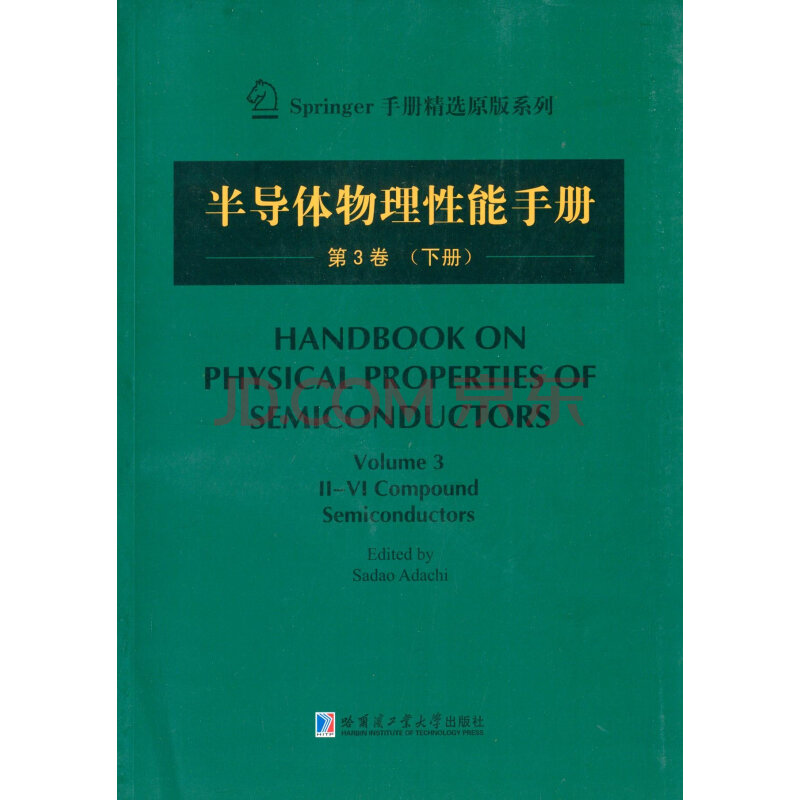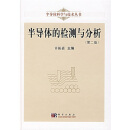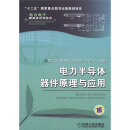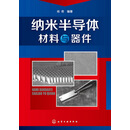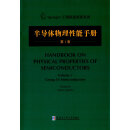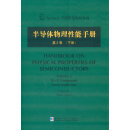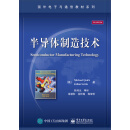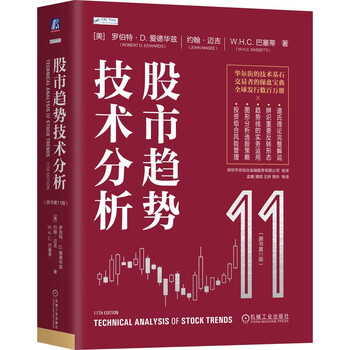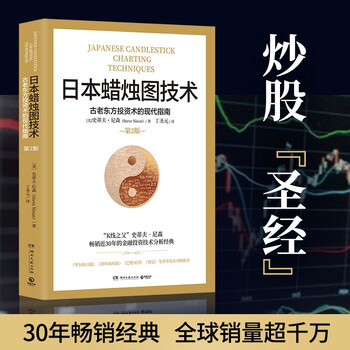内容简介
The progress made in physics and technology of semiconductors depends main.ly on three families of materials: the group-IV elemental,Ⅲ-Ⅴ, and Ⅱ-Ⅵ compound semiconductors.Almost all ⅡⅥ compound semiconductors crystallize either in the zincblende or wurtzite structure.The first research papers on Ⅱ-Ⅶ compound semiconductors date back to the middle of the nineteenth century.In the ensuring hundred years extensive literature has been accumulated as much research and development works are being carried out on these compound semiconductors.At present, the Ⅱ-Ⅵ compound semiconductors are widely used as photodetectors, x-ray sensors and scintillators, phosphors in lighting, displays, etc.New applications are continuously being proposed.Thus, it seems to timely bring together the most up-to-date information on the material and semiconducting properties of Ⅱ-Ⅵ compound semiconductors.
目录
Preface
Acknowledgments
Contents of Other Volumes
10 Cubic Cadmium Sulphide (c—CdS)
10.1 Structural Properties
10.1.1 Ionicity
10.1.2 Elemental Isotopic Abundance and Molecular Weight
10.1.3 Crystal Structure and Space Group
10.1.4 Lattice Constant and Its Related Parameters
10.1.5 Structural Phase Transition
10.1.6 Cleavage Plane
10.2 Thermal Properties
10.2.1 Melting Point and Its Related Parameters
10.2.2 Specific Heat
10.2.3 Debye Temperature
10.2.4 Thermal Expansion Coefficient
10.2.5 Thermal Conductivity and Diffusivity
10.3 Elastic Properties
10.3.1 Elastic Constant
10.3.2 Third—Order Elastic Constant
10.3.3 Young's Modulus, Poisson's Ratio, and Simila
10.3.4 Microhardness
10.3.5 Sound Velocity
10.4 Phonons and Lattice Vibronic Properties
10.4.1 Phonon Dispersion Relation
10.4.2 Phonon Frequency
10.4.3 Mode Gruneisen Parameter
10.4.4 Phonon Deformation Potential
10.5 Collective Effects and Related Properties
10.5.1 Piezoelectric Constant
10.5.2 Frohlich Coupling Constant
10.6 Energy—Band Structure: Energy—Band Gaps
10.6.1 Basic Propertie
10.6.2 Eo—Gap Region
10.6.3 Higher—Lying Direct Gap
10.6.4 Lowest Indirect Gap
10.6.5 Conduction—Valley Energy Separation
10.6.6 Direct—Indirect—Gap Transition Pressure
10.7 Energy—Band Structure: Electron and Hole Effective Masses
10.7.1 Electron Effective Mass: Γ Valley
10.7.2 Electron Effective Mass: Satellite Valley
10.7.3 Hole Effective Mass
10.8 Electronic Deformation Potential
10.8.1 Intravalley Deformation Potential: F Poin
10.8.2 Intravalley Deformation Potential: High—Symmetry Points
10.8.3 Intervalley Deformation Potential
10.9 Electron Affinity and Schottky Barrier Height
10.9.1 Electron Affinity
10.9.2 Schottky Barrier Height
10.10 Optical Properties
10.10.1 Summary ofOptical Dispersion Relations
10.10.2 The Reststrahlen Region
10.10.3 At or Near the Fundamental Absorption Edge
10.10.4 The Interband Transition Region
10.10.5 Free—Carrier Absorption and Related Phenomena
10.11 Elastooptic, Electrooptic, and Nonlinear Optical Properties
10.11.1 Elastooptic Effect
10.11.2 Linear Electrooptic Constant
10.11.3 Quadratic Electrooptic Constant
10.11.4 Franz—Keldysh Effect
10.11.5 Nonlinear Optical Constant
10.12 Carrier Transport Properties
10.12.1 Low—Field Mobility: Electrons
10.12.2 Low—Field Mobility: Holes
10,12.3 High—Field Transport: Electrons
10.12.4 High—Field Transport: Holes
10.12.5 Minority—Carrier Transport: Electrons in p—Type Materials
10.12.6 Minority—Carrier Transport: Holes in n—Type Materials
10.12.7 Impact Ionization Coefficient
11 Wurtzite Cadmium Sulphide (w—CdS)
11.1 Structural Properties
11.1.1 Ionicity
11.1.2 Elemental Isotopic Abundance and Molecular Weight
11.1.3 Crystal Structure and Space Group
11.1.4 Lattice Constant and Its Related Parameters
11.1.5 Structural Phase Transition
11.1.6 Cleavage Plane
11.2 Thermal Properties
11.2.1 Melting Point and Its Related Parameters
11.2.2 Specific Heat
11.2.3 Debye Temperature
11.2.4 Thermal Expansion Coefficient
11.2.5 Thermal Conductivity and Diffusivity
11.3 Elastic Properties
11.3.1Elastic Constant
11.3.2 Third—Order Elastic Constant
11.3.3 Young's Modulus, Poisson's Ratio, and Similar
11.3.4 Microhardness
11.3.5 Sound Velocity
11.4 Phonons and Lattice Vibronic Properties
11.4.1 Phonon Dispersion Relation
11.4.2 Phonon Frequency
11.4.3 Mode Gruneisen Parameter
11.4.4 Phonon Deformation Potential
11.5 Collecti

